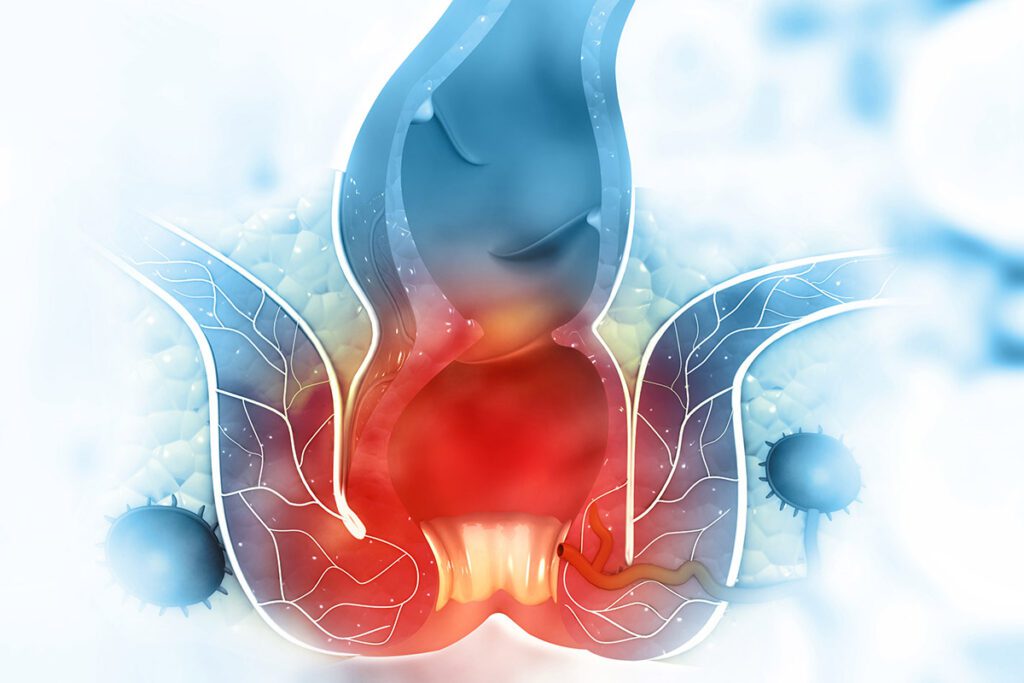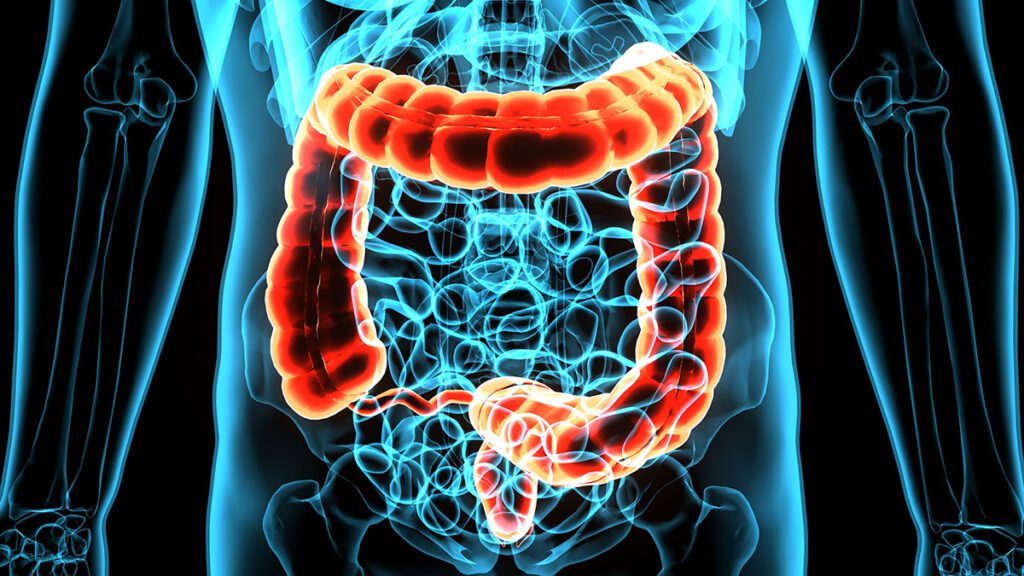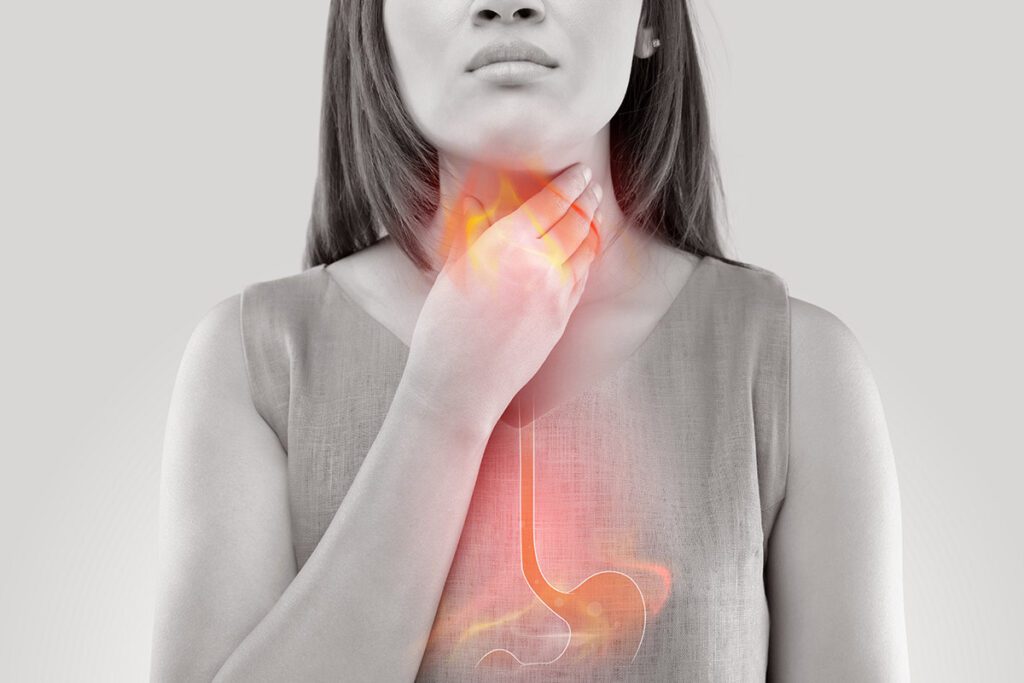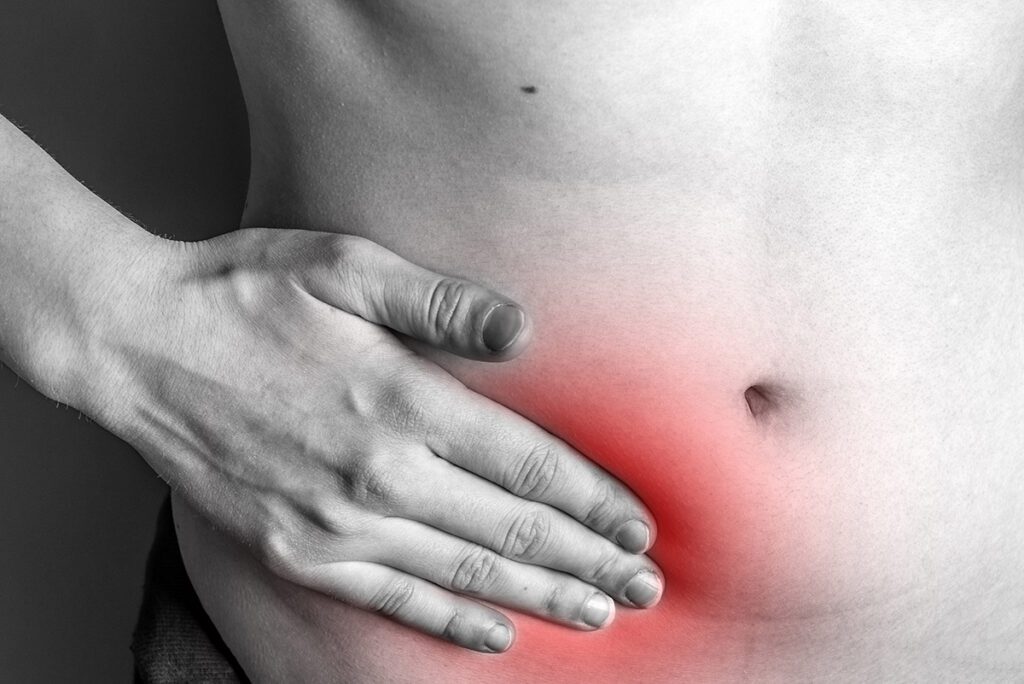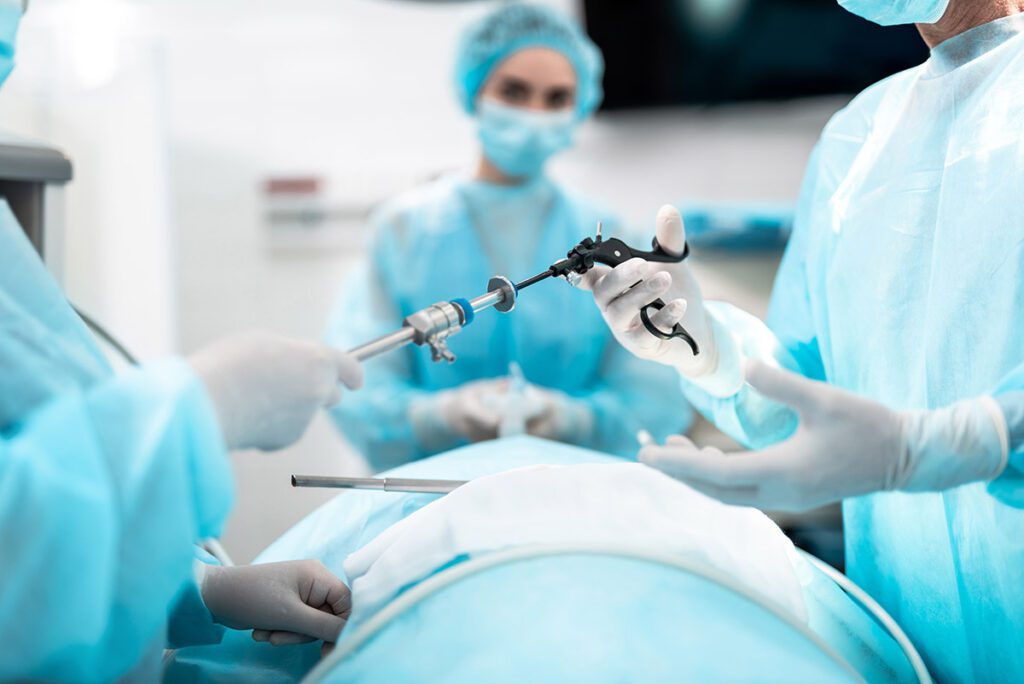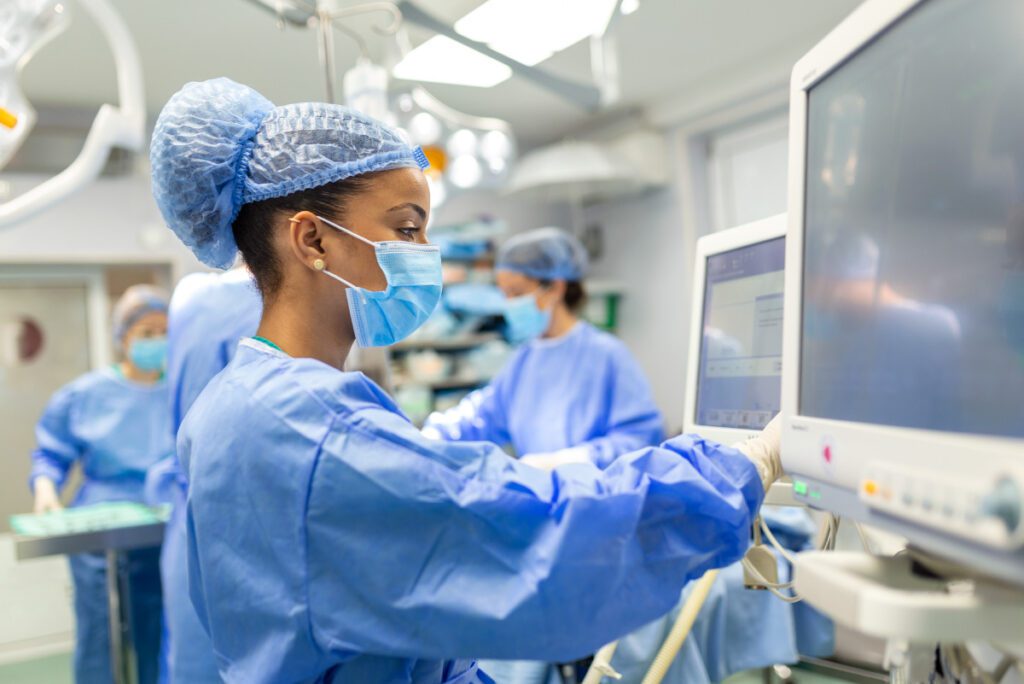Epigastric Hernia
What are Epigastric Hernias
An epigastric hernia occurs in the midline of your upper abdomen (the region between your belly button and the breastbone).
The abdominal cavity contains your internal organs and visceral fat that protects them. Your abdominal wall muscles make the cavity itself. When your abdominal wall muscles are weak, the fat inside the abdominal cavity pushes out.
While most epigastric hernias are painless, some are painful due to the fat being pinched by the abdominal wall. People with painful hernias often require surgical excision as part of their treatment.


Symptoms of Epigastric Hernia
A person may have an epigastric hernia due to the following symptoms:
- A bump in the upper abdomen midline
- The bump can be visible all the time
- The bump can be visible only upon laughing, coughing, or sneezing
- It can cause upper abdominal pain and tenderness
- It can become more prominent over time
- A person can have more than one hernia in the upper abdomen at a time


Causes and Risk Factors of Epigastric Hernia
Babies can be born with epigastric hernia or develop it when their abdominal walls don’t close entirely during gestation.
Adults risk epigastric hernia when their abdominal walls weaken or strain from the following:
- Prior pregnancy
- Being overweight
- Heavy lifting
- Smoking
- Diabetes
- Steroids and other medications
Diagnosis for Epigastric Hernia
For babies, the doctor will review their mother’s pregnancy history and the child’s birth history. They will then interview the parents for symptoms the child may have displayed.
For adults, the doctor will review the patient’s medical and surgical history. They will then perform a physical test to see or feel the bulge that indicates a hernia. A standard test would ask the patient to stand and cough while the doctor observes or palpates the upper abdominal midline.
The doctor will also order imaging tests to determine the hernia’s location and surgical approach with:
- Ultrasound
- Magnetic Resonance Imaging scans
- Computed Tomography scans
Complications of Epigastric Hernia
While most painless epigastric hernias go unreported, untreated ones risk the following complications:
- Increased pain or tenderness
- The hernia becomes bigger, causing risks:
- Allows parts of the intestine to push through
- Bowel blockage
- It becomes nearly impossible to remedy with surgery
Epigastric Hernia Treatment and Surgery
Epigastric hernia can only be treated through surgery to avoid its risks and remedy any pain it causes. See our Hernia page to find our standard surgical techniques. For adults, recovery can take up to 1-2 weeks, depending on the surgical approach and the type of work they do.
The closing of epigastric hernias can re-open many years later and may require surgery again.
Aside from general complications such as bleeding, surgical site infection, and blood clots, here are the specific complications for the removal of epigastric hernia:
- Blood or fluid accumulation under the surgical site
- Injury to abdominal tissue
The goal in preparing for surgical procedures is to improve overall long-term health.
- Maintain a healthy weight to lessen the strain of abdominal expansion
- Increase endurance with regular exercise. Avoid heavy lifting as it can worsen epigastric hernias
- Consult your healthcare team on possible vaccinations you can receive to protect yourself from infections post-surgery
The surgical procedure aftercare aims to protect the newly mended abdominal wall.
- Avoid heavy lifting for 6 weeks
- Consult your doctor about when you can return to regular exercise
Schedule an Appointment
At Proliance Surgical Specialists of Edmonds, our consultation and treatment process are straightforward. We personalized your treatment care plan with pride, skill, and experience combined with the latest state-of-the-art technology. Schedule an appointment with us to start your journey with better abdominal health.

